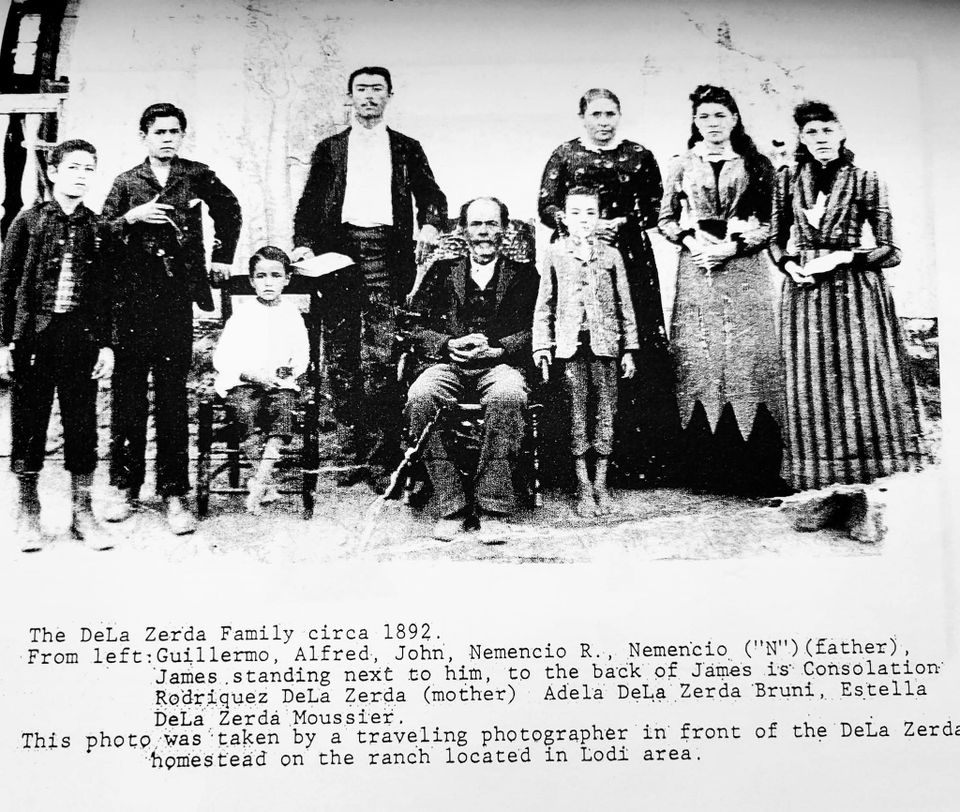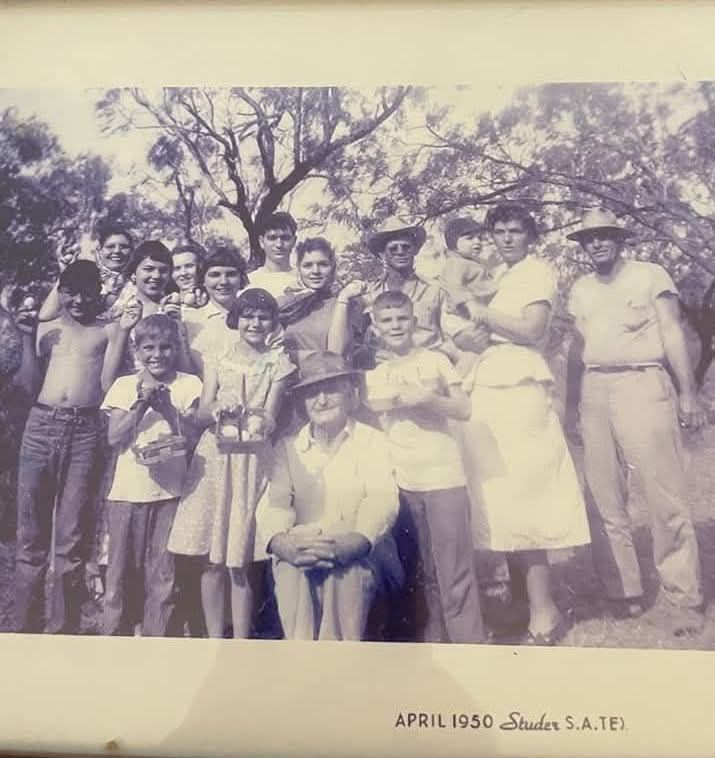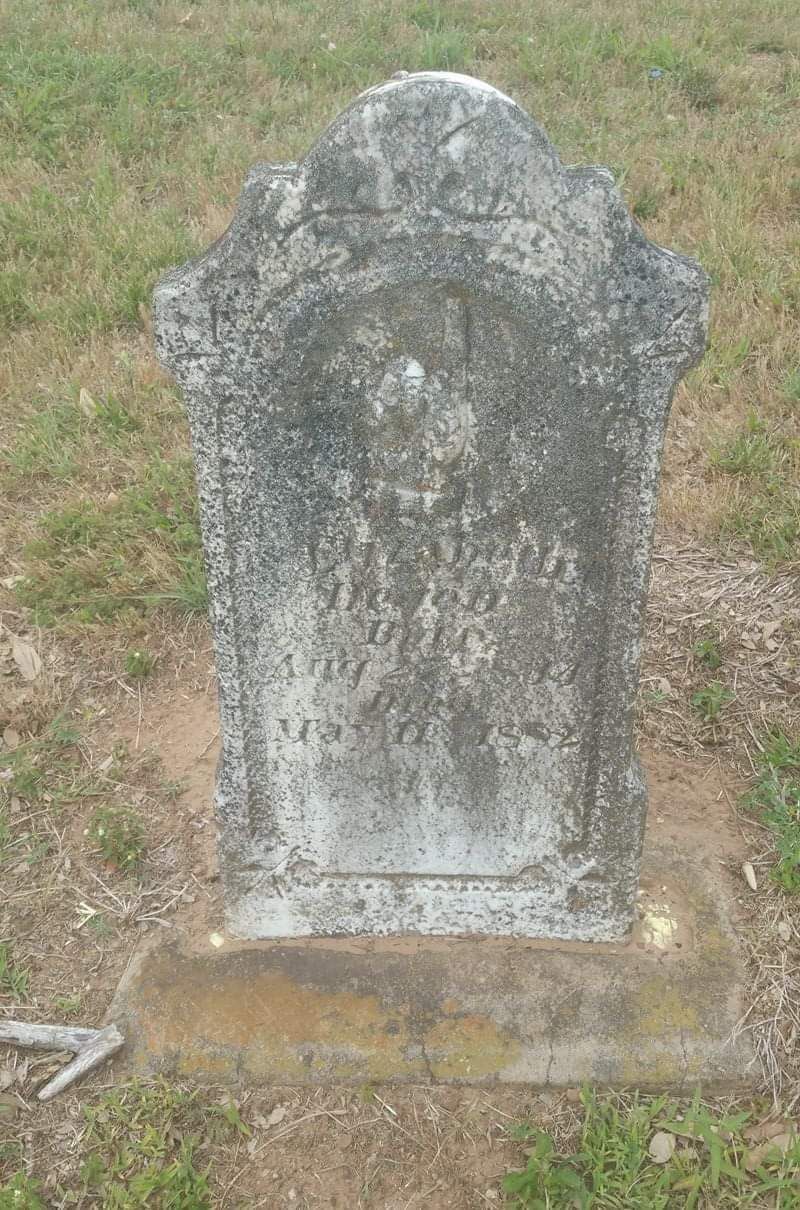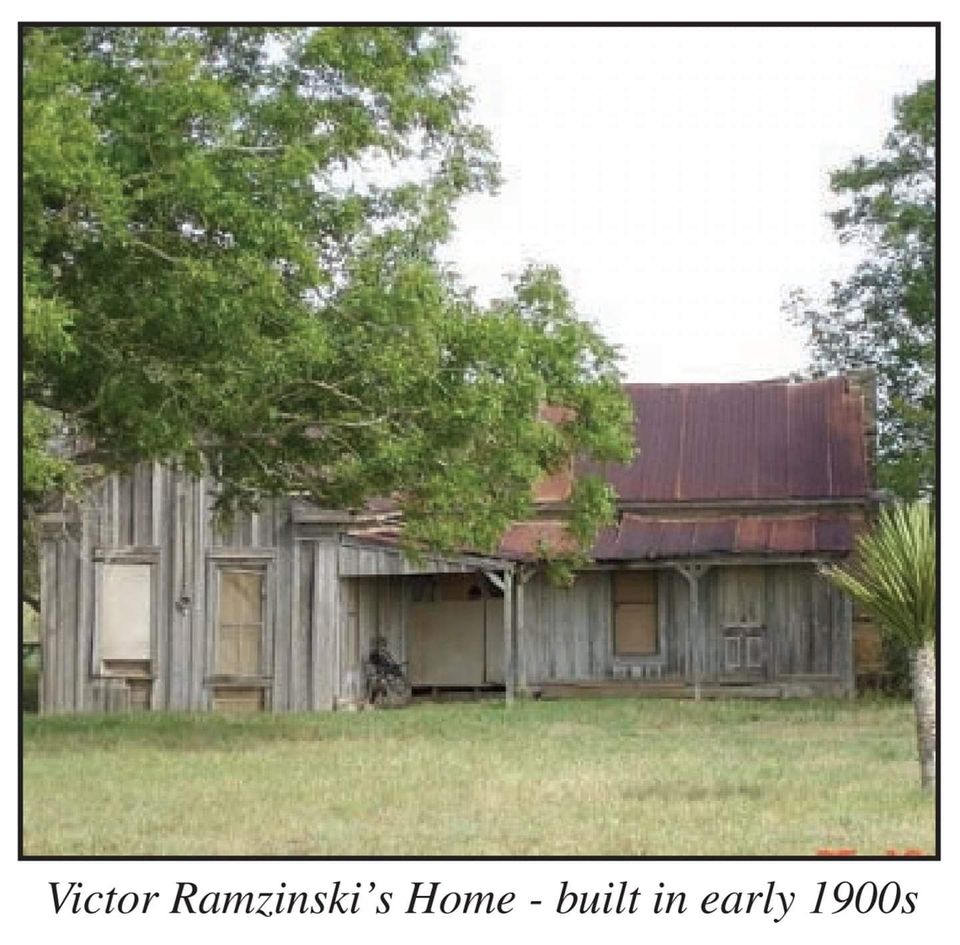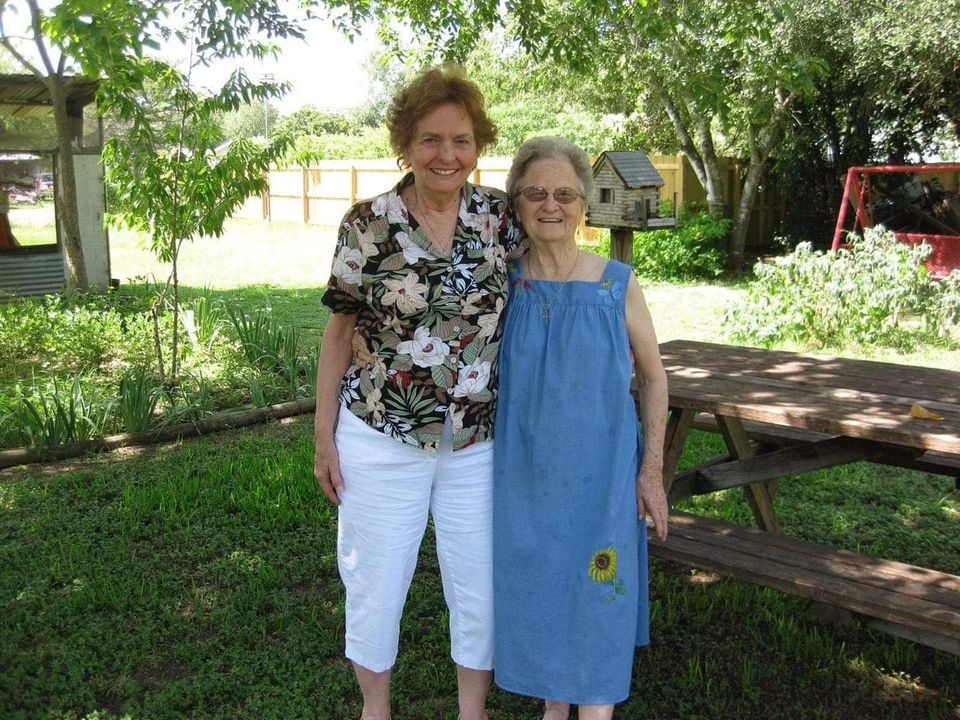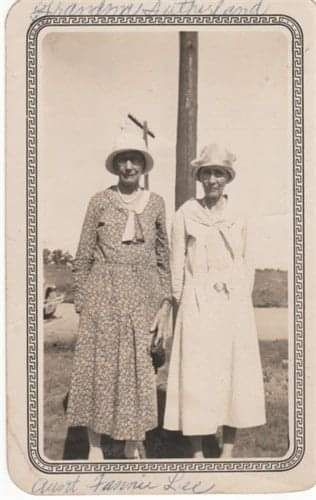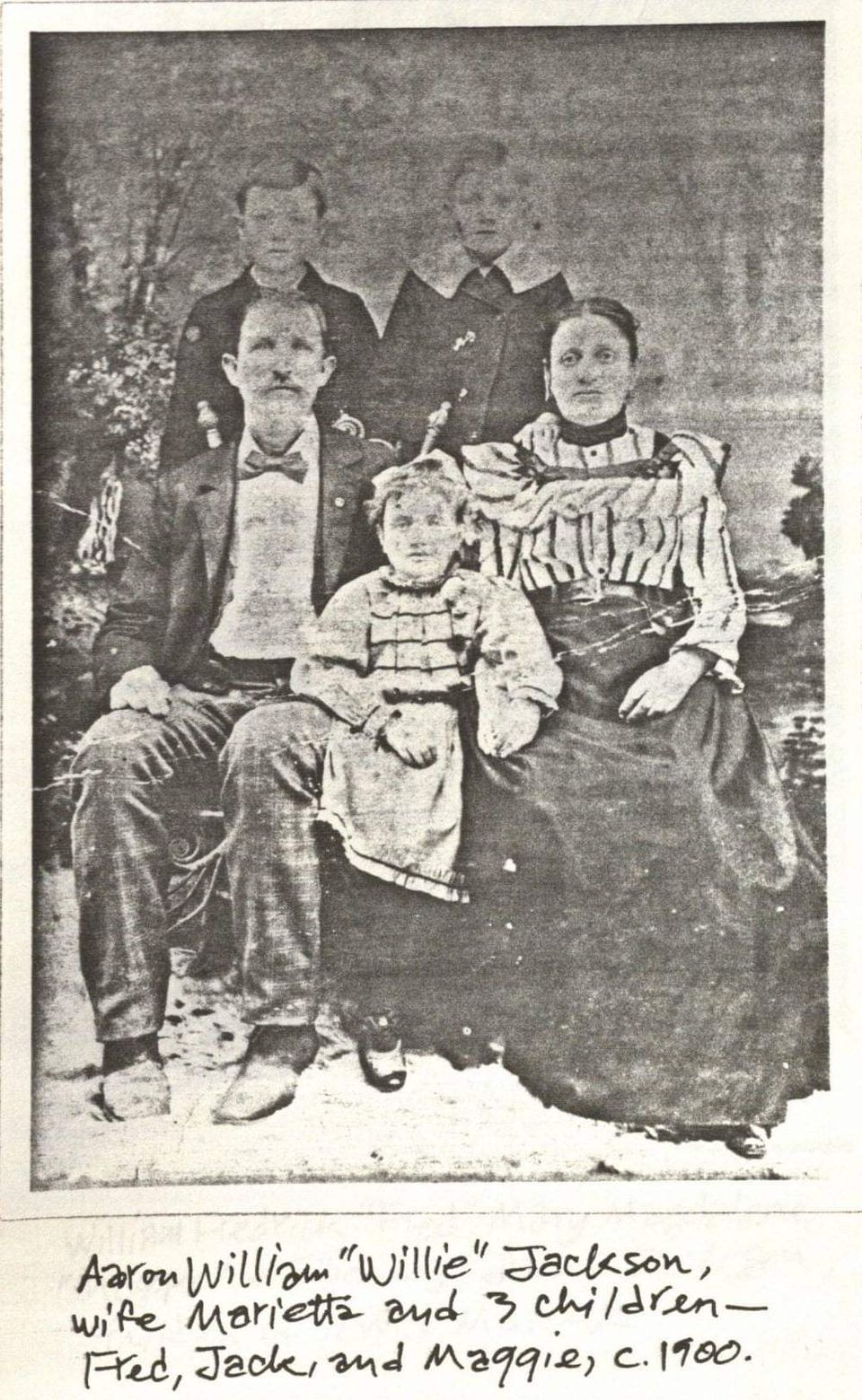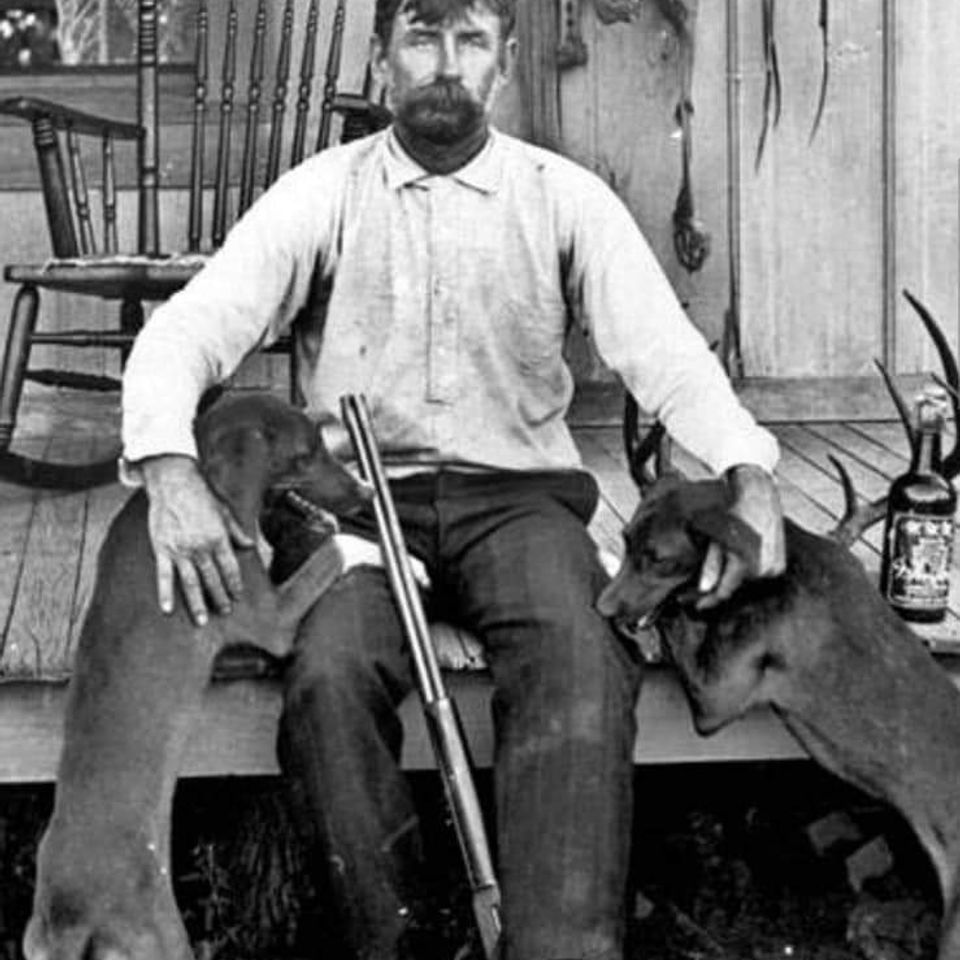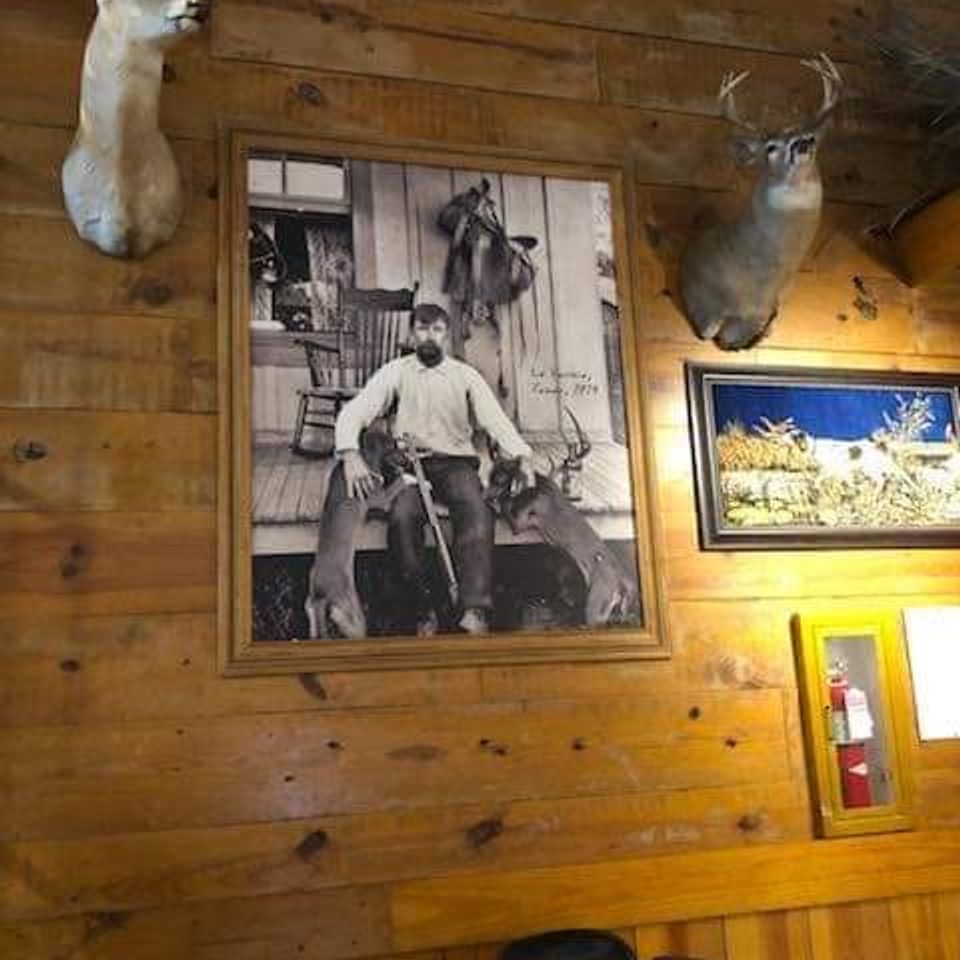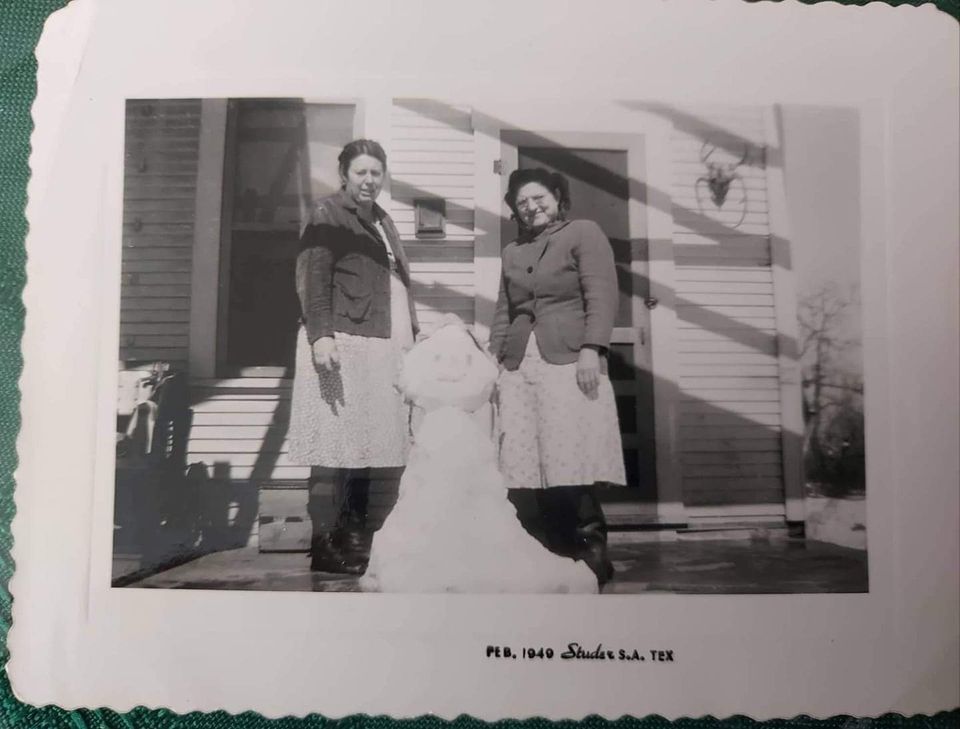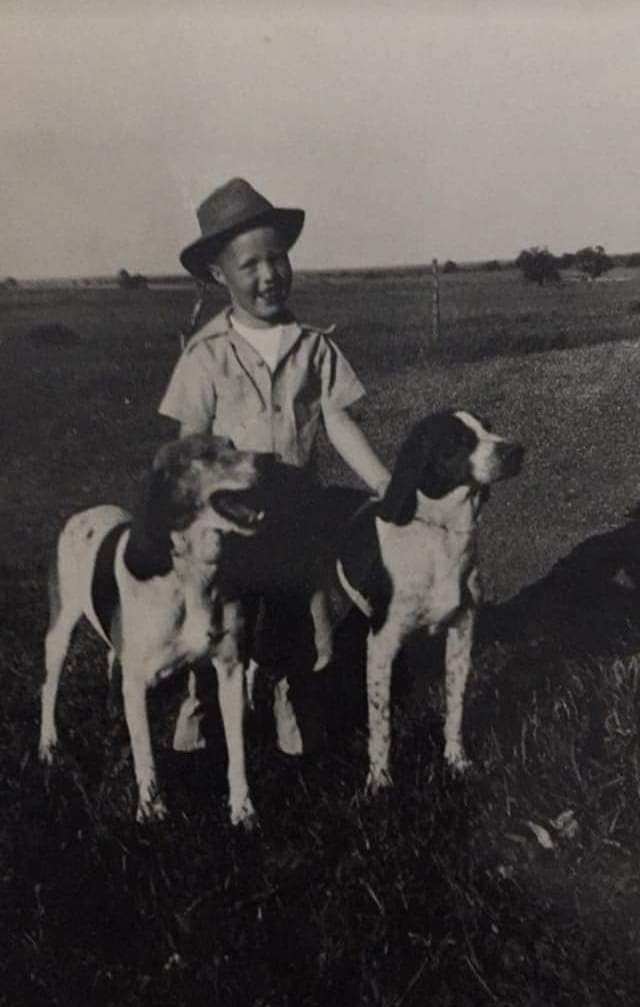B. A. and Andrea Jimenez
B. A. and Andrea Jimenez .... November 26, 1902, was the time for Benito Andres Jimenez to be born in Floresville, Texas. He was the son of a well known pioneer family of
Wilson County. His father was the late Wilson County sheriff M. J. Jimenez, and his mother was Josephine L. Jimenez, one of the first certified school teachers in the county.
Young Benito attended both Lodi Elementary School and Floresville Elementary School. He entered Floresville Public High School and in his later high school years, he became active in athletics, particularly in the track and disc-throwing
teams for which he held several blue ribbons. He won these distinctions in the district, city, county, and state tournaments. He received a knee injury which hindered his further participation in athletics. After this injury, he studied public speaking under the direction of Mrs. W. B. Toone. In 1920, he graduated from the Floresville Public High School. Benito left Floresville to attend St. Mary's University and later the Alamo City Commercial College in San Antonio, Texas, where he studied Business Administration.
Benito, now a young man with a new outlook on life, returned to Floresville where he was to remain for his lifetime. Here his inherited ideals began to develop. He wanted to serve the people of the community. He began by teaching school in a
small community, Cañada Verde.
In addition to his teaching, he rendered outstanding counseling to the people who sought his advice. He gave freely of himself. This was to mark the beginning of a successful political career for the late Commissioner Jimenez.
In 1928, Benito married Miss Andrea Gonzales, daughter of the late Mr. and Mrs. Pedro Gonzales, a respectable and prominent family of Poth, Texas. Andrea became a devoted housewife to him and a loving and understanding mother to their children, Josephine, wife of the late Casimiro Garza,
Nadine, Sarita, and Maria Oralia, wife of Dr. William Elizondo.They were blessed with eight grandchildren, 15 great-grandchildren, and 11 great-great-grandchildren.
Andrea's home was her castle. Here she devoted her time to household duties, such as cooking, sewing, quilting, and gardening. She took pride in preparing her holiday dinners. Her greatest delight was to prepare a festive meal and have her children and grandchildren around the table enjoying the
festive dishes.
To know Benito was to know a friend of the people. Those who know him could not fail to realize that behind his serious manner there was a vast amount of knowledge and understanding on a wide range of subjects among which were Human Understanding, Education, Economics, Government, and Politics.
With the passing of the years, Benito Jimenez became more mature and stronger in his convictions. He no longer needed to search for a career because he found that his calling was to help the people. Politics and government appealed to him because it did not restrict him from attending to his
other interests, such as farming, stock raising, and a thriving grocery business, "Jimenez and Zuniga," which he had purchased.
Politics became his life. Because of his fluency in both English and Spanish, the late Honorable Judge Sam B. Carr appointed him Wilson County official District Court Interpreter. He served in this capacity for a period of 27 years.
B. A. Jimenez was elected president of the Lodi Independent School Board in 1942. After six years, he relinquished this
position and yet continued as the board's advisor until the district was consolidated with the Floresville Independent School District.
In 1947, the people of the community realized that Benito A. Jimenez was not only their counselor, but that he had become their voice in politics. Upon their request in 1947, he sought the offi ce of Justice of the Peace, Precinct 1. He was elected by an overwhelming majority. He served in this office for four years and became known for his honesty, integrity, and his devotion to duty.
In 1948, a great honor was bestowed upon B. A. Jimenez. Special Federal Judge W. R. Smith appointed him State Interpreter for the most notable race in Texas political history – the greatly contested race in which U. S. Rep. Lyndon
B. Johnson defeated former Governor Coke Stevenson by 87 votes.
In the year 1950, B. A. Jimenez was elected to his last political office, County Commissioner of Precinct 1, the largest
precinct in Wilson County, in population, assessed valuation, and area. To his political followers, Jimenez was the most
dedicated, conscientious, and impartial commissioner of Precinct 1. He served the people of this precinct for 17 years, and at the time of his death left an unexpired term of 16 months.
The people bestowed many honors upon their late beloved Commissioner Jimenez. In 1966, he was named "Man
of the Year" by G. I. Forum and Lulac Council 254. He was awarded a plaque in appreciation for his devotion and longtime service to the citizens of Wilson County. In May 1967, the Floresville Chamber of Commerce named him "Citizen of the Year," and presented him an award for
outstanding services to his community.
All of his works did not make headlines, but however minor, his services live in the hearts of the people in the commu-
nity of Wilson County.
Our Creator called Benito home on August 26, 1967, and Andrea on October 18,1980. Their memory will live in the
hearts of their many friends for many years.
****************
Wilson County Sesquicentennial 1860-2010

